Employee Engagement, in its simplest form, means employees are doing the work they are supposed to do, which yields evidence of commitment and meaningful, valuable results. The most common engagement drivers we often hear about include:
1. Meaningful and challenging work.
2. Respectful environment and effective managers.
3. Alignment of individual work with the organization’s objectives and values.
4. Ethical and competent leadership.
5. Fair compensation and recognition.
6. Open and two-way communication.
7. Pursuit of individual professional development goals, etc.
Based on this list, it is obvious that managers constitute one of the most critical factors that can either contribute to or crush employees’ engagement: the interactions between managers and employees and the behaviors that managers exhibit significantly impact the workers. Therefore, there has been a discernible trend toward demanding managers develop more people-management competencies in recent years.
People-management competencies can vary widely. What are the two fundamental yet critical engagement skills that managers need to possess?
1. Getting to know the team members:
Engagement is an individual concept: how employees feel about their attachment to their organization and how much they are willing to go above and beyond to deliver varies from one person to another. To enhance engagement, managers must spend the time and effort to get to know their staff. Getting to know the team can focus on a few areas:
I. Getting to know the individual’s background
Communicating and getting work done in a virtual environment reduced the connection between team members. Coupled with the fact that many people work multiple jobs to combat the rising cost of living, there is little time people have left to spend with each other. Getting to know team members builds the trust and connection that are much needed. When managers show interest in the team members, employees also feel more included in the work environment. They are more comfortable working with people they know. While getting to know the staff, managers should also allow time for the staff to get to know them and develop mutual trust.
II. Getting to know the individual’s strengths and interests
Knowing team members’ strengths and interests gives managers the requisite knowledge of their workers and how to assign/design jobs that will utilize their strengths and match their interests. Research shows that when employees are explicitly encouraged to use their talent to pursue a goal, individual engagement improves from 9% to 15% 2
.
III. Getting to know the individual’s challenges
The pandemic created and amplified challenges. Few can completely put their personal challenges behind them when they enter the office or log on to a computer to start working. A member of our organization who demonstrated superior performance had shown obvious errors and impatience toward clients. I did not want to make baseless assumptions or lose a great member who needed support. Because of our trusting relationship, I was comfortable inviting him to discuss the issues I observed. Without the need to know all details of his personal challenges, I offered support by adjusting his schedule and workload. In two weeks, this team member gradually showed improvement. After a month, he came to me and said that he had dealt with what he needed to handle and was now ready to go back to the full swing of work again.
2.
Obtaining resources and tailoring support to team members:
Each worker needs their manager in different ways. Some need their manager to be a teacher, some need their manager to be a coach, and others need their manager to be a remover of obstacles. Managers can tailor their support after understanding the team members' backgrounds, strengths, interests and challenges. Furthermore, there are times when the support that workers need is beyond the manager’s capacity. In this case, managers need to use tactics to obtain resources from upper management or stand up for their staff. Employees need emotional support and concrete resources to complete their work, especially if it involves multiple parties.
If you are one of the businesses experiencing declining worker engagement or productivity, you are not in this alone. According to Gallup's State of the Global Workplace report, most employees are not engaged. In 2021, only 20% of employees worldwide and 34% of employees in the U.S. were engaged in their work 3
. Since engagement is an individual connection to the work and the organization, managers play a vital role in their employees’ day-to-day experience. Managers who exhibit the needed engagement competencies are more likely to create a cohesive team environment in which employees thrive.
References:
1. Charity Village. (2022). Introducing the Canadian Nonprofit Sector Salary & Benefits Report: Pandemic Edition (2022) Webinar.
I see. I hear. I experience.
is a column created by and written by Ada Tai, a chartered member of CPHR Alberta. The column is written in a blog format where Ada and invited co-authors will present their own experiences and interpretations of the world of human resources and its impact on business management. This and the subsequent posts are copyrighted materials by the author(s) and only reflect their personal views, not CPHR Alberta’s.
Author bio:
With an MBA Degree, a CPHR, and an SHRM-SCP designation, Ada Tai has been working as an HR professional in a variety of industries for 15 years. Through her consulting firm, Ada and the team provide various strategic and pragmatic management consulting services. Ada’s public speaking skills have enabled her to be regularly invited to speak about HR, people management, career search, and networking topics throughout the province. She is also a well-respected Instructor at the University of Alberta and MacEwan University.
Contact information:
BadaB Consulting Inc.
provides a wide range of human resources solutions, including Strategic HR and Succession Planning, Organizational Design & Development, Merger & Acquisition Support, Recruitment, Skills Development Training, Compensation Design, Performance Management, Workplace Investigation, Policy Development, etc. Another specialty of BadaB’s services is personal job search and career coaching. The team has effectively helped over 500 people to find work.
The views and opinions expressed in this blog post belong solely to the original author(s) and do not necessarily represent the views and opinions of CPHR Alberta.







